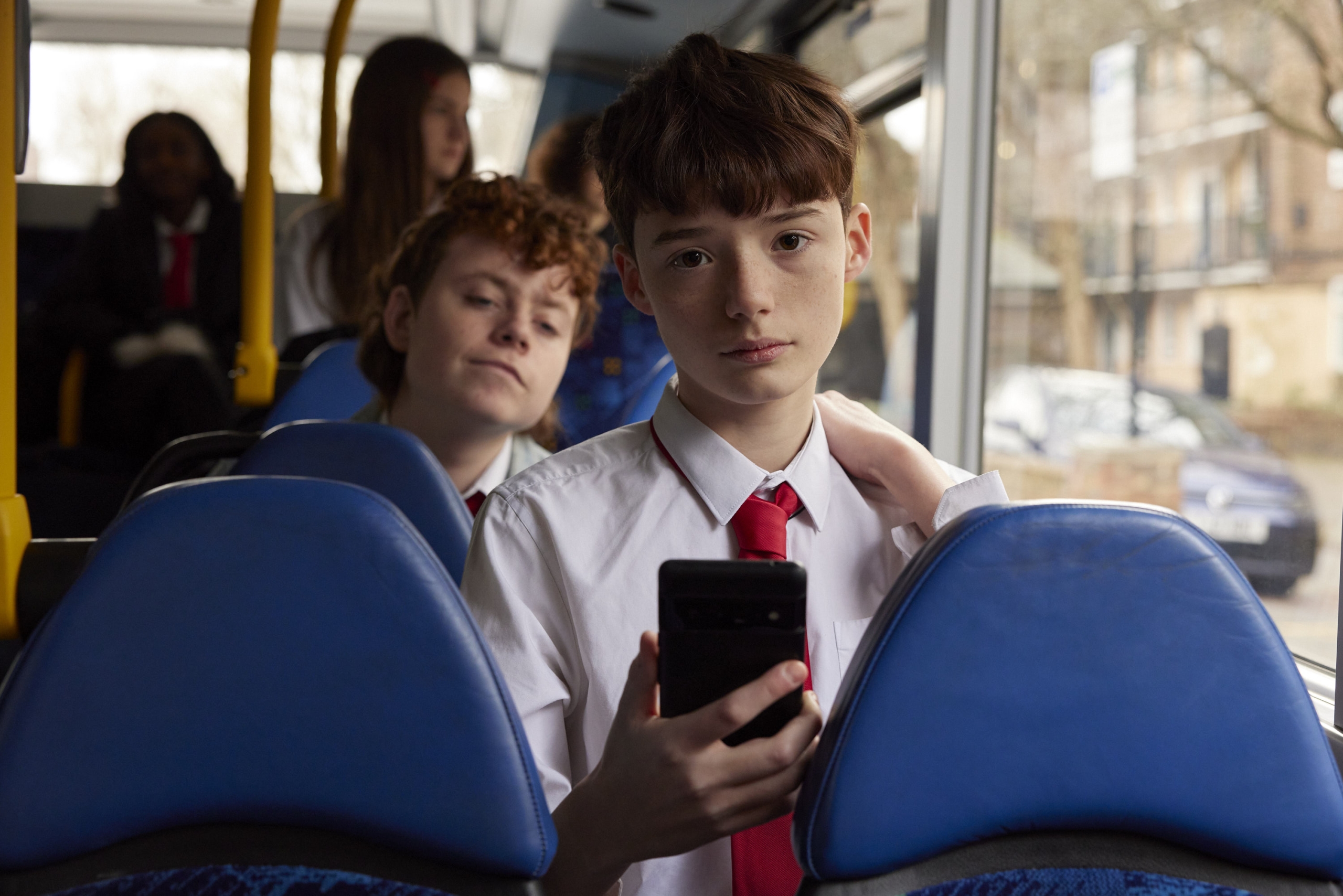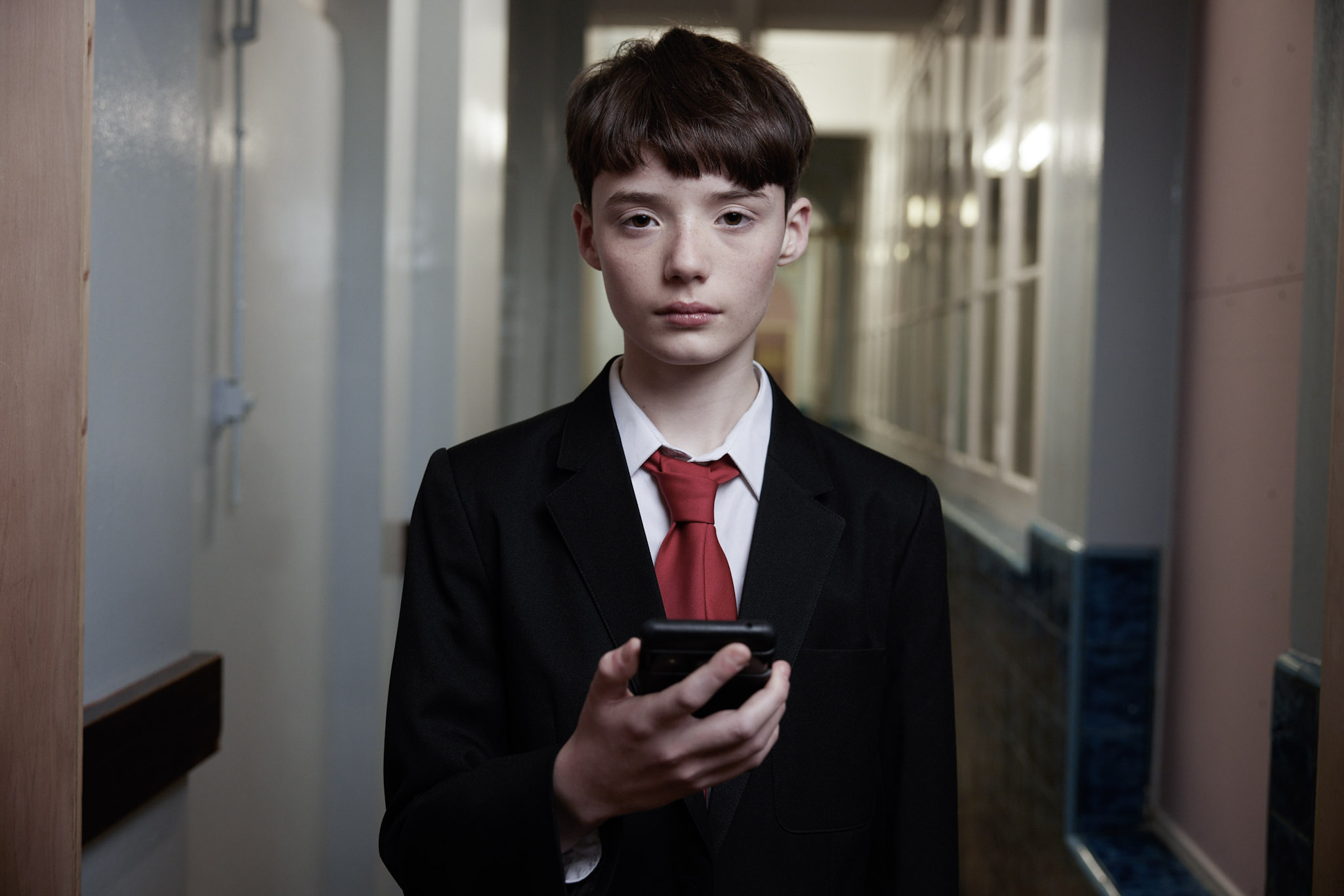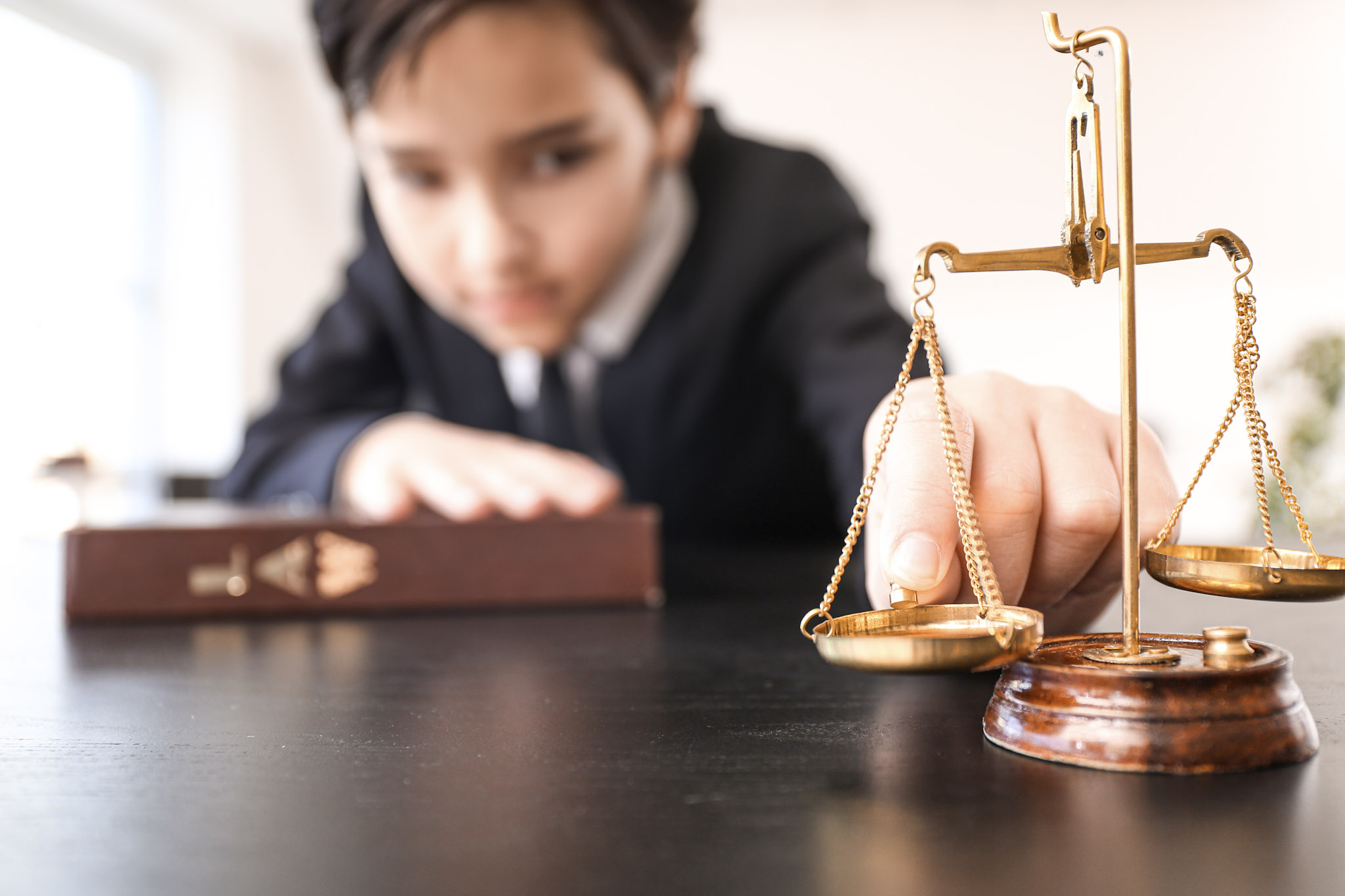
Here, Digital Awareness UK, a leading digital well-being organisation, shares its advice on how you can manage your kids' TikTok screen time.
TikTok, the social networking video app, has taken the world by storm – it’s been downloaded more than 800 million times, and is especially popular with young people.
Children often start jumping on the TikTok bandwagon when they’re around eight or nine years old, despite the app’s 13+ age restriction.
Sadly, it’s not all puppy videos and dance routines; many young people are exposed to offensive or inappropriate videos on the app, from racist language to self-harm content.
To counteract this, parents can enable Family Safe Mode. With this parental control feature, parents can limit who can send direct messages to their child, restrict access to inappropriate content, and set limits on how long their child can use TikTok.
How do TikTok’s parental controls work?
To access the parental controls, you have to create and log in to your own TikTok account. In the top right-hand corner of your screen, tap on the three dots. The ‘Privacy and Settings’ screen will appear. Scroll down to the ‘Digital Wellbeing’ button and tap on it to see ‘Family Safe Mode’ (it may be called ‘Family Pairing’ in some countries).
From here, you can follow the on-screen instructions to link your TikTok account to your child’s, allowing you to control the following features:
- Screen Time Management – this sets the amount of time your child can spend on TikTok each day.
- Direct Messages – this limits who can send messages to your child’s account; you can also turn off direct messaging completely.
- Restricted Mode – this prevents your child from seeing inappropriate content.

As with all parental controls everywhere, it’s not possible to filter out all damaging content. Plus, young people are pretty savvy at finding ways around parental controls. This doesn’t mean parental controls should be overlooked, though – when used alongside our digital parenting tips, they can be a useful tool for managing your child’s online experience.
Our three top digital parenting tips
Set restrictions together
Walk through the app in a balanced way with your child, explaining that you want to keep them safe, happy and healthy online. This should allow you to work through the parental controls together instead of forcing it on them when they’re not fully on board.
Relax restrictions as they get older
It’s important that children can exercise freedom, maintain their privacy and gain their parent’s trust as they become more mature. You know your child best, so we’d suggest making a judgement on loosening parental controls based on their level of maturity and knowledge around online safety.
Keep talking
No level of parental control will restrict all harmful content, or prevent your child from spending too much time online. Reassure your child that they can talk to you about their online worries without fear of judgement or criticism. This is far more valuable than any restrictions you can put in place.
- For more information, go to Vodafone UK’s dedicated Digital Parenting website and visit Digital Awareness UK.
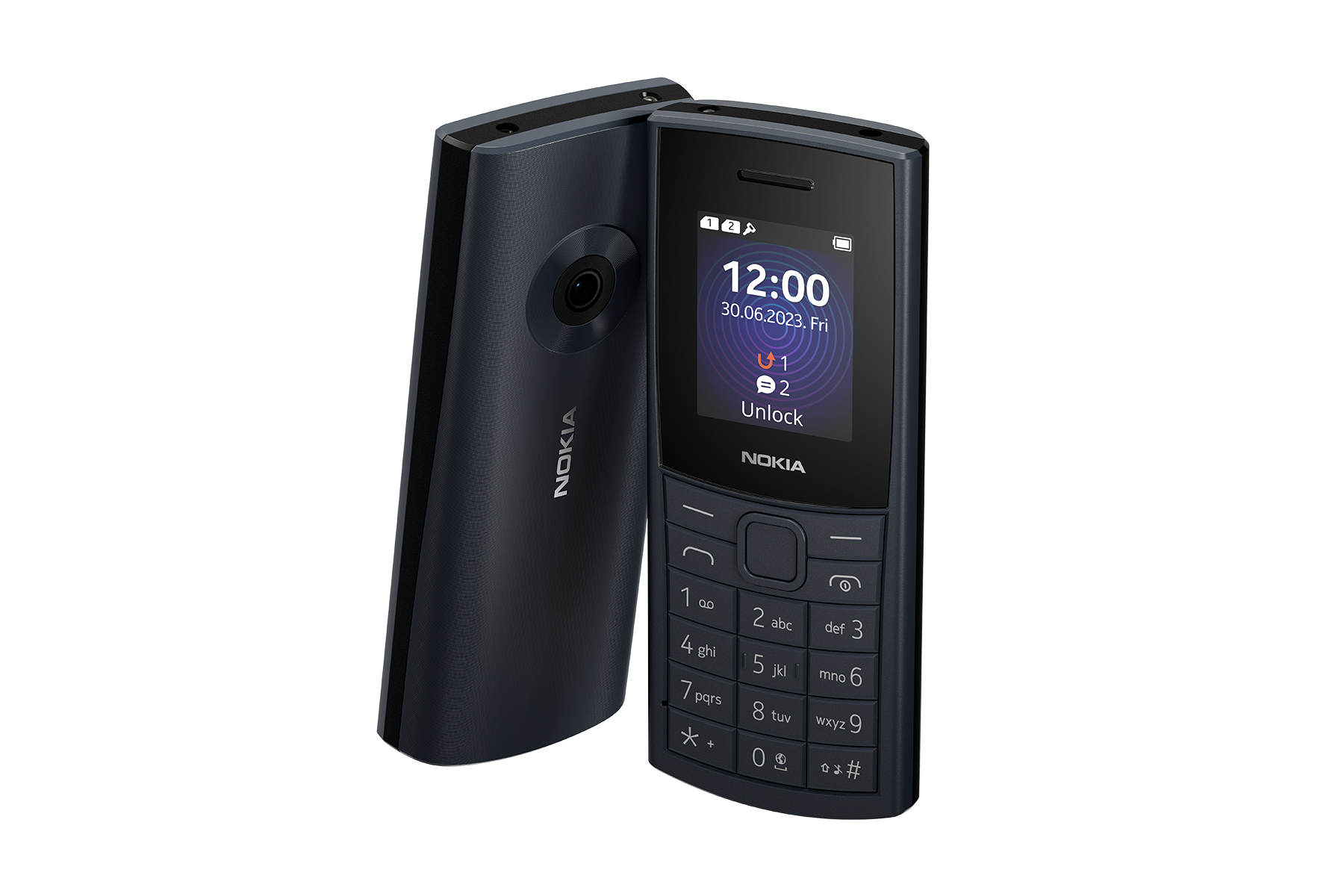
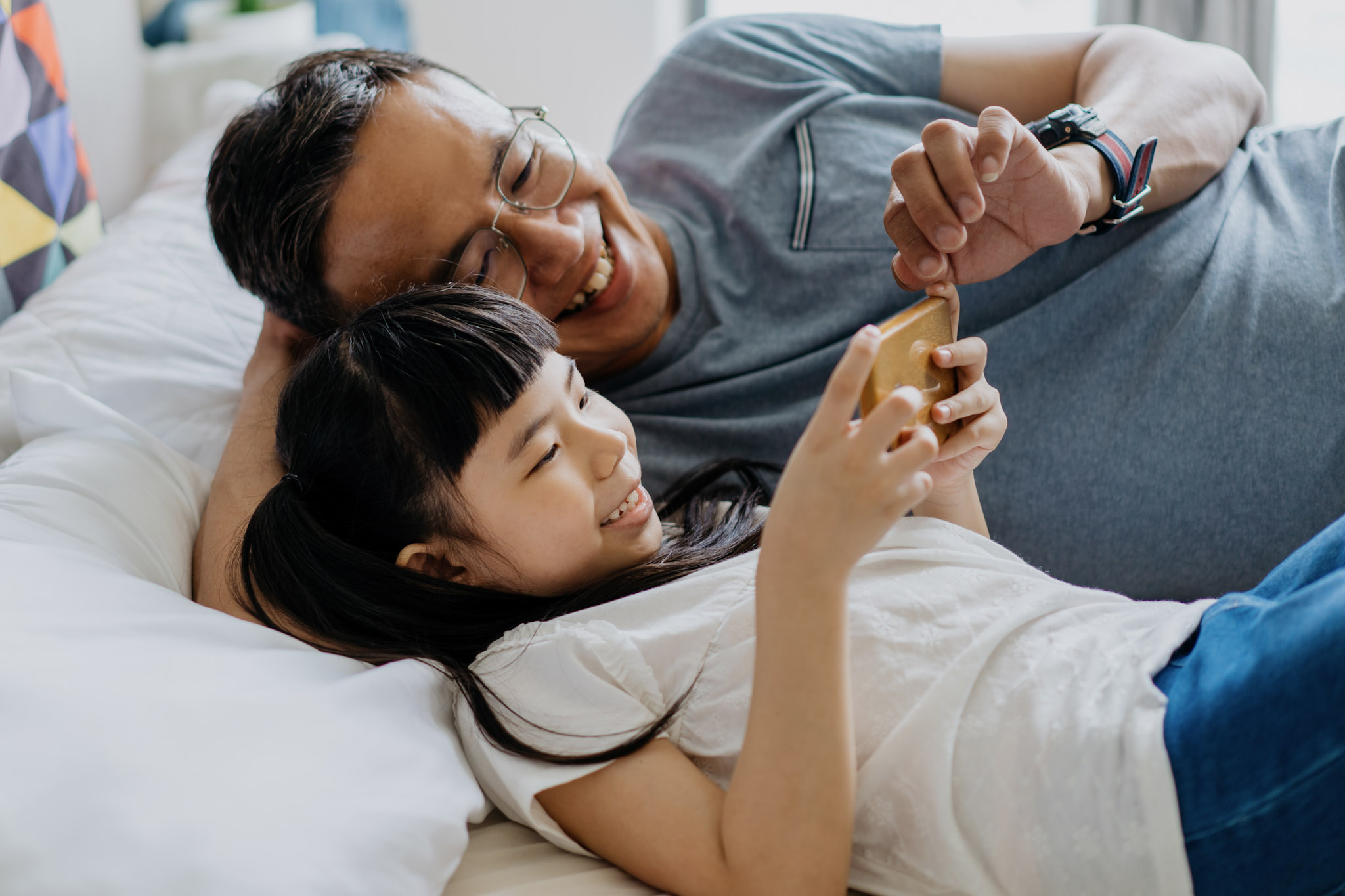
![Portrait of school age boy sitting at kitchen table do not want to eat[Adobe Stock] stock photo of a young boy sitting at a kitchen table, refusing to eat the food in front of him](https://www.vodafone.co.uk/newscentre/app/uploads/2024/03/Portrait-of-school-age-boy-sitting-at-kitchen-table-do-not-want-to-eatAdobe-Stock.jpg)
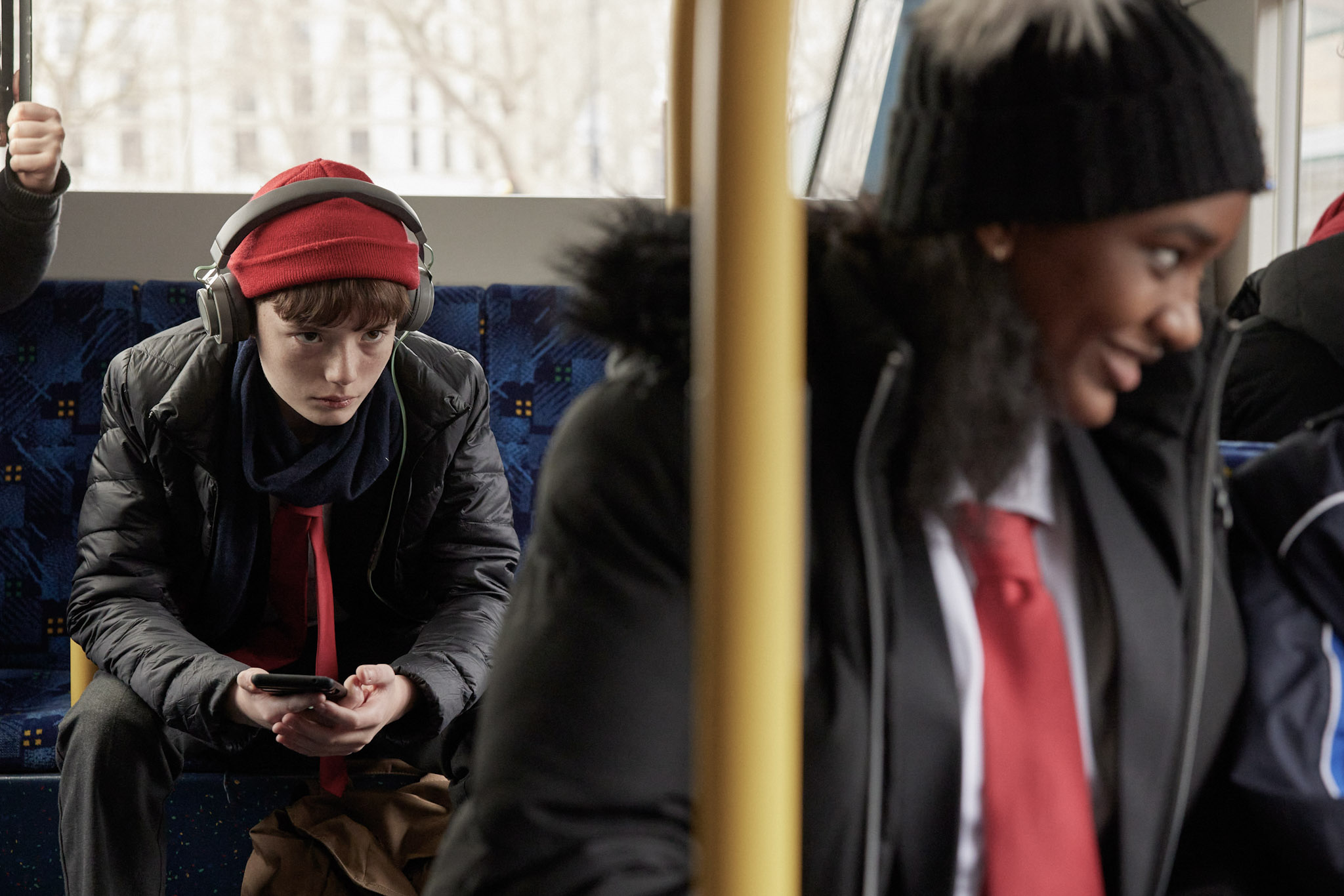

![mother with daughter with smartphone in snowy weather [Adobe Stock] stock photo of a mother outside in snowy weather with her daughter while using a smartphone](https://www.vodafone.co.uk/newscentre/app/uploads/2024/02/mother-with-daughter-with-smartphone-in-snowy-weather-Adobe-Stock.jpg)
